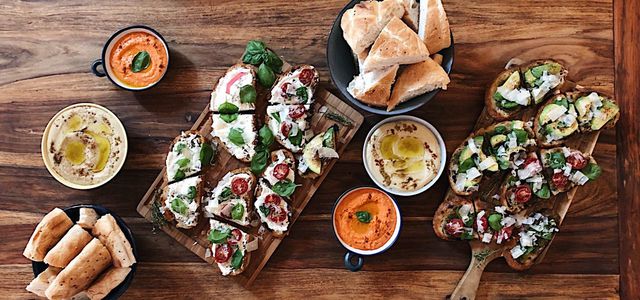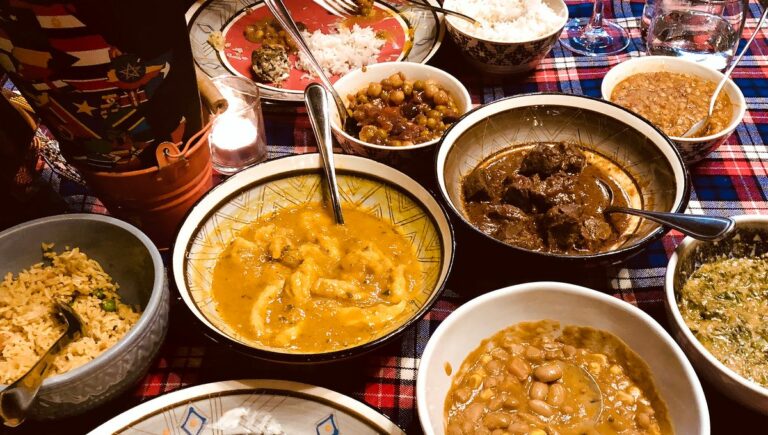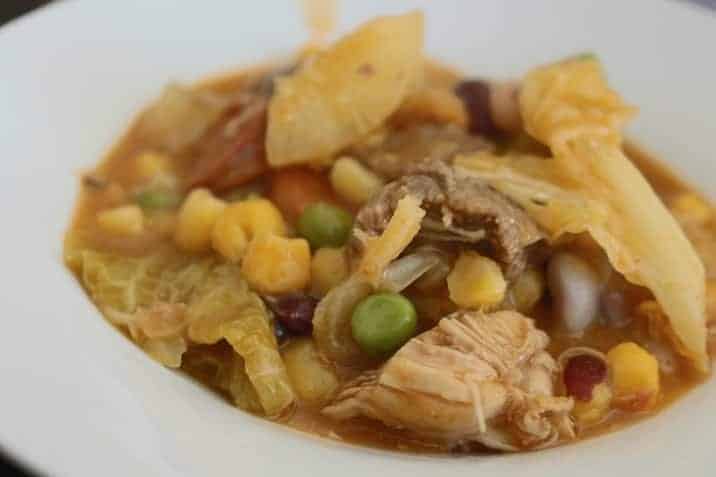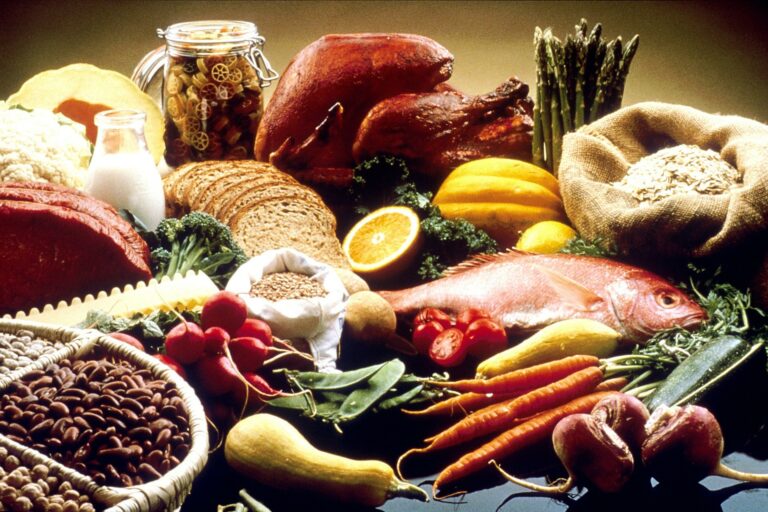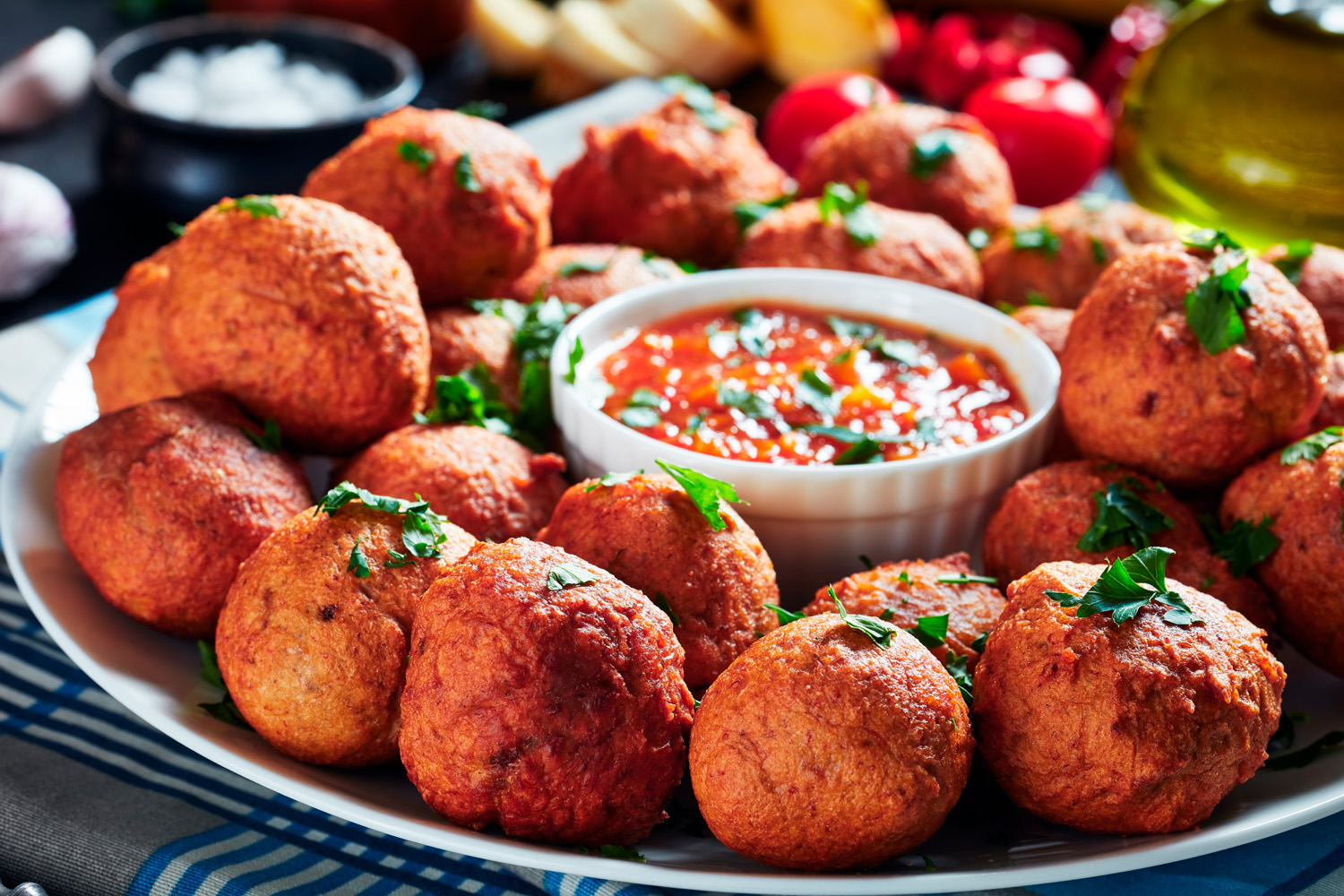You can roast sunflower seeds in the pan or in the oven for a delicious and healthy snack. We will show you what options there are and what you should pay attention to when preparing them.
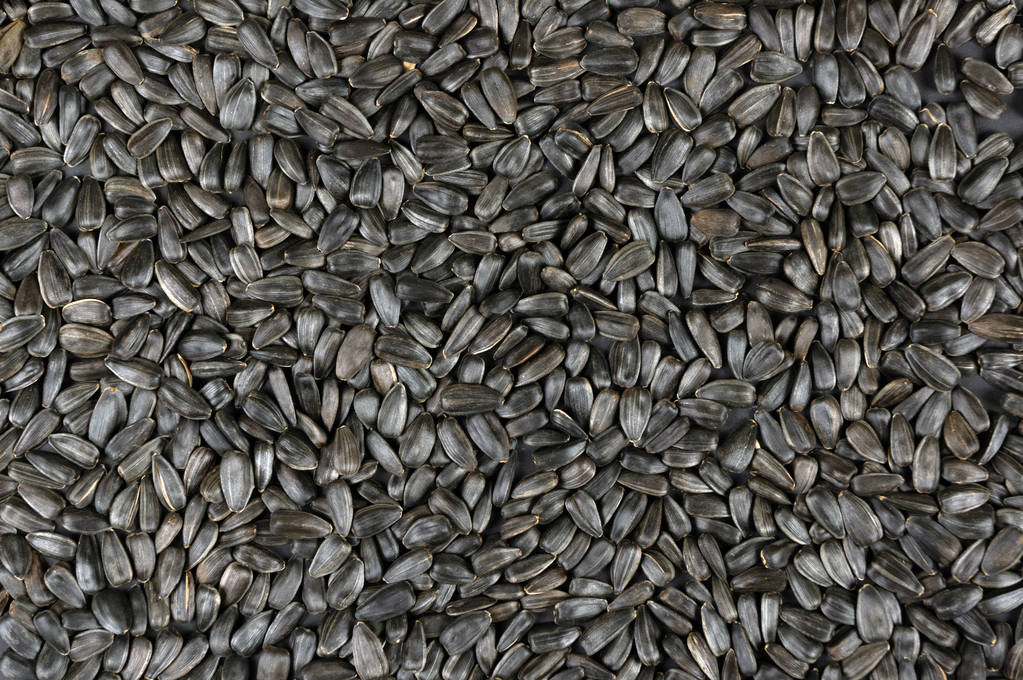
Roast sunflower seeds: The seeds go particularly well with this
Sunflower seeds are known to contain a lot of unsaturated fatty acids. They are also rich in vitamins and provide valuable fiber. This makes them a healthy snack that you can eat raw or roasted. If you roast the sunflower seeds beforehand, their nutty taste will develop even better.
The roasted sunflower seeds taste particularly good in salads, as a topping in soups or in muesli in the morning. They are also suitable as an ingredient in bread and biscuits or as a basis for homemade pesto. Roasting the seeds not only develops a stronger aroma, they also have more bite.
Roast sunflower seeds: Fat-free in the pan
The quickest way to roast sunflower seeds is to heat them up in a pan. A coated pan works best for this. This means that the sunflower seeds are less likely to burn during roasting.
Place the pan on the stove and heat it on high.
Add the sunflower seeds to the heated pan and turn the heat down to the lowest setting. The kernels only need a few minutes to finish roasting.
Swirl the sunflower seeds around as you toast them, being careful not to burn them.
The kernels are ready as soon as they are slightly brown in color and smell aromatic.
Roast sunflower seeds with oil
If you don’t have a non-stick pan or want to add spices, you should also use some oil to roast the sunflower seeds.
Put a tablespoon of oil in a pan and heat it on high. Use sunflower oil, for example: it has a high smoke point.
Add the sunflower seeds and toast them over low to medium heat for a few minutes until golden brown.
Swirl the sunflower seeds regularly while toasting or spread them out with a spatula.
Finally, you can season the roasted sunflower seeds with a little salt and spices.
Roasting sunflower seeds: This is how it works in the oven
If you want to roast a larger amount of sunflower seeds, it is best to use the oven. This method works like this:
Preheat the oven to 175° C top/bottom heat. Tip: If you want to save energy, you can also do without preheating. Simply roast the sunflower seeds a little longer.
Spread the nuts out on a baking sheet lined with parchment paper. Make sure that the cores are not on top of each other.
Put the tray in the oven and roast the sunflower seeds for a few minutes. Turn them occasionally so they can brown evenly.
Tip: You can store roasted sunflower seeds in an airtight container for a few days, but they lose their aroma very quickly. They taste best freshly roasted.
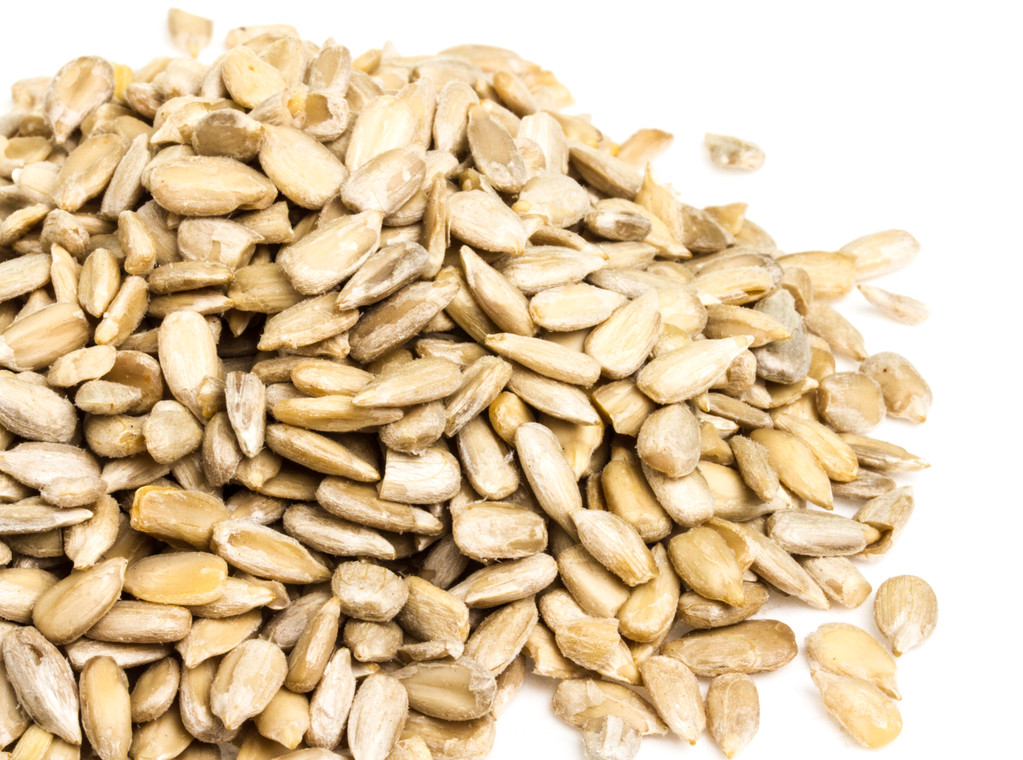
Roasting sunflower seeds: delicious variations
For a special touch, you can season the roasted kernels with spices and other ingredients. Here you can find some ideas:
Sweet and hot sunflower seeds: When roasting the sunflower seeds, add one or two teaspoons of sugar and add some chili or cayenne pepper at the end. If you only want to add spices, it is best to heat the kernels in some oil.
Caramelized Sunflower Seeds: For this sweet twist, add 1-2 teaspoons of sugar or honey to the pan and let the seeds caramelize in it. A pinch of salt completes the aroma.
Add other nuts and seeds: If you’re toasting sunflower seeds, you can add other seeds like pumpkin and pine nuts if you like. Different types of nuts are also suitable.



